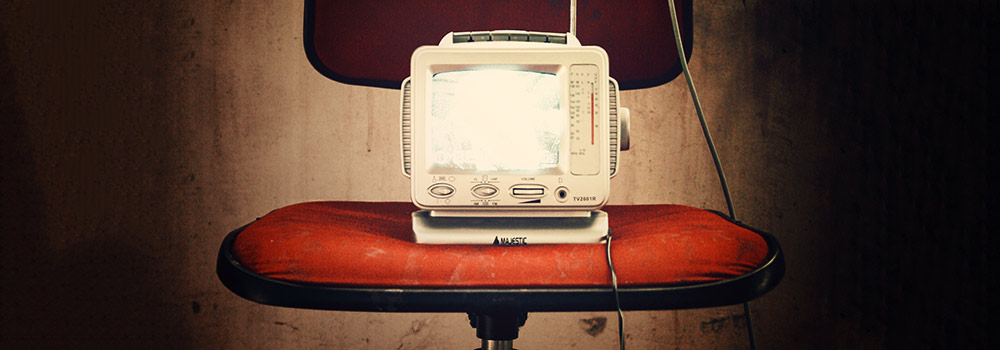It doesn’t matter if you’re a start-up, a small business, a publicly-quoted multinational – or anywhere in between. Business has always been about working hard to be (and being seen to be) different.
Being different means standing out. It means being a step ahead. It’s about being that much better than the competition that you win the sale. Well, at least until the competition raise their game and get ahead of you.
So if we accept the above premise that ‘being different’ is a big part of however we define success, then there are a couple of questions that come to mind:
- If much of the path to success lies in being different, why are most companies seemingly doing everything possible to be seen as being the same?
- Since striving to ‘be different’ is a never-ending, incremental process that has pretty much stayed the same for the past hundred years, is there any other way carve-out a market segment big enough to sustain your business?
I think a big part of the problem with how businesses look at innovation is based on the fact that they’re so heavily immersed in the minutiae of their own world. Being better than the competition has come to mean adding our own interpretation on an already accepted standard or paradigm. We may well be adding our own flavorings, but the ingredients of the stew are the same as everyone else’s. Doesn’t sound so ‘different’ to me.
But then, maybe we’ve been looking at things from the wrong perspective? Could it be that we’re basing our ideas on innovation from a flawed base position? Let me explain.
Since pretty much forever, businesses have seen innovation as:
- Look at what the competition are doing,
- Accept that same underlying process as being the best way forward,
- Build on it. Tweak something here, add a flashing light there,
- Come up with ways for our audience to notice us, to see us as being “different”, and convince them to buy from us and not from someone else,
- Rinse and repeat.
As a process diagram, it would look something like this:

But what if we didn’t accept that the way things are done today are the way things should be done forever? What if we started with re-imagining what the real underlying problem is, and devising the best solution possible to make that problem go away? What if – instead of starting with a ruler, stopwatch or Excel sheet – we started with discovery, understanding and empathy?
Stop Looking Through The Wrong End Of The Telescope
By looking to understand the real, underlying problem (rather than the often superficial issues that attract headlines) we have the opportunity to stop “being different” and start “creating difference”. Instead of that traditional business process diagram above, we have something like:

We’re not iterating a solution based upon an already-held belief or process: we’re questioning the process altogether. We’re re-imagining business, re-inventing marketing, and possibly creating a brand new category or experience along the way. We’re not looking for a new and improved way of getting ahead of the competition. We’re questioning what it means to be the competition. We’re looking at what exists, comparing it to what could be, and seeing how close we can bring the two.
Whether Henry Ford did or didn’t say “If I’d asked my customers what they wanted, they’d have said a faster horse” is secondary. The fact is that Ford thought about a solution by relooking at the problem. The same can be said about Steve Jobs’ visit to Xerox PARC, that influenced the design and direction of what was to become the Apple Macintosh user interface – and ultimately the user interface for all PCs.
But it not (necessarily) about inventing something totally new that no-one’s seen before. Apple didn’t invent the computer, smartphone, MP3 player or tablet computer and Ford didn’t invent the motor car. What both these companies did do, however, was to define and create new experiences for these devices that – in turn – their audience associated to objects that were previously seen as commodities.
Today there’s a number of companies out there that are creating differences, rather than trying to be different. Companies like Uber, Airbnb, and Always. Brands that help reinforce, strengthen the beliefs, opinions, aspirations and behaviors of their audiences.
Less About Dominance, More About Relevance
The old ways of business were determined based upon a position of dominance. To be that 800lb gorilla, preferably at the cost of your competitor, was seen as the road to riches. Being the incumbent was the ultimate goal, and to get to that goal meant being different – and being seen as being different (actually, more the latter than the former).
Today it’s less about being dominant and more about being relevant. It’s not about being different, but caring enough to do something that creates difference.
Stop trying to be different. Stop trying to buy customers by offering features, flashing lights, TV ads, Facebook Likes, or discount coupons. You can earn all of this – and much more – by giving a stuff. By creating difference, invoking reaction, and emotion.
By mattering to them.

